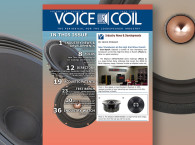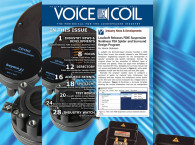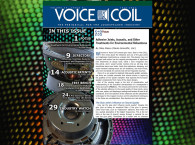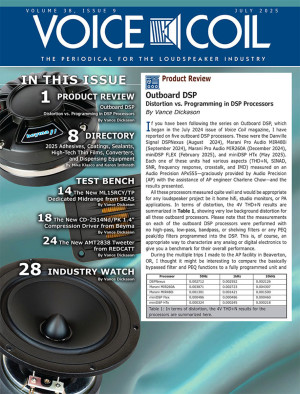 In this July 2025 issue, Vance Dickason pauses his Outboard DSP review series for some thoughts about what he has discovered thus far. Specifically, he writes about Distortion vs. Programming in DSP Processors. The series of reviews started in July 2024 and has already included five outboard DSP processors, including the Danville Signal DSPNexus, Marani Pro Audio MIR480i, Marani Pro Audio MIR260A, miniDSP FLEX, and the miniDSP HTx. All those processors measured quite well and would be appropriate for any loudspeaker project in any application field. Following those characterizations, Vance thought about comparing the basically bypassed filter and PEQ functions to a fully programmed unit and performing additional test sequences to simulate crossover filters and compare the differences. Read his report to see what he found out.
In this July 2025 issue, Vance Dickason pauses his Outboard DSP review series for some thoughts about what he has discovered thus far. Specifically, he writes about Distortion vs. Programming in DSP Processors. The series of reviews started in July 2024 and has already included five outboard DSP processors, including the Danville Signal DSPNexus, Marani Pro Audio MIR480i, Marani Pro Audio MIR260A, miniDSP FLEX, and the miniDSP HTx. All those processors measured quite well and would be appropriate for any loudspeaker project in any application field. Following those characterizations, Vance thought about comparing the basically bypassed filter and PEQ functions to a fully programmed unit and performing additional test sequences to simulate crossover filters and compare the differences. Read his report to see what he found out.Next up, Mike Klasco and Karen Inthirath (Menlo Scientific, Ltd.) updated the annual directory of Adhesives, Coatings, Sealants, High-Tech Thin Films, Converters, and Dispensing Equipment suppliers. For 2025, aside from adhesives, this directory also profiles vendors for several surface-enhancing treatments, from resisting UV, hydrophobic (water), oleophobic (oils and sweat), corrosion, detergents, and fungus to antimicrobial treatments. Distributors are also included, since the larger adhesives and treatment companies normally don’t do business directly with the speaker industry given its relatively lower volumes. The 2025 directory has also been expanded with antimicrobial coatings and speaker-centric converters that provide secondary operations.
And diving straight into a generous dose of Test Bench characterizations, Vance Dickason starts with the new ML15RCY/TP dedicated midrange from SEAS’ Titan Prestige line of high-end transducers, incorporating titanium voice coil formers. Titanium has become a popular voice coil former material over the last several years, and the 5.25” SEAS ML15RCY/TP is driven by a 25mm (1”) diameter short voice coil, wound with round copper on the non-magnetically conducting titanium former.
This driver is built on a proprietary six-spoke cast-aluminum frame, completely open below the spider mounting shelf, with a cone assembly that consists of a mostly flat black anodized aluminum cone, designed to push the breakup modes to outside the normal pass-band of the driver. Compliance is provided by an inverted NBR surround and a 2.6” diameter flat black cloth spider (damper). The motor is an FEA-optimized ferrite magnet type, and the IEC 268-5 long-term power handling is rated at 100W. Since this midrange is likely to be crossed over at a minimum of 200Hz, the Test Bench chose to establish an appropriate enclosure volume to ascertain the impedance resonance and Q.
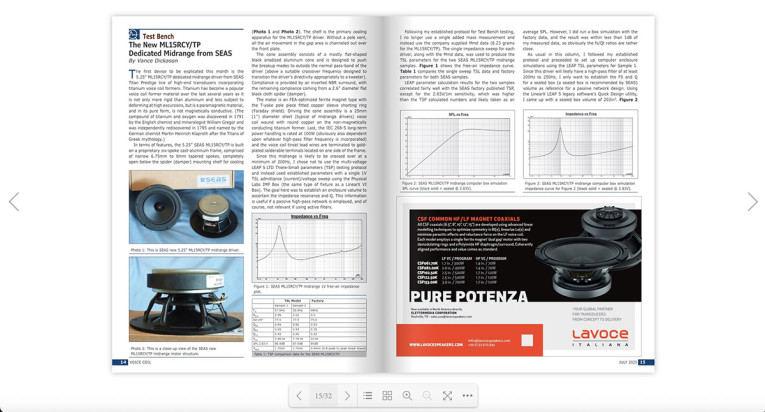
The second product in Test Bench is the new Beyma CD-2514Nd/PK, expanding the company’s next-generation line of high-performance compression drivers. The 1.4” throat high-power-handling CD2514Nd/PK polymer diaphragm compression driver was measured with the same horn as in the Beyma CD-314Nd/Ti explication already characterized by Voice Coil, the 1.4” throat injection-molded reinforced polycarbonate TD-1464P 60° × 40° horn. As with the Beyma CD-314Nd/Ti, the CD-2514Nd/PK is designed for applications in small to large venue PA systems. Features for the new Beyma CD-2514Nd/PK compression driver include a 63.5mm (2.5”) diameter copper-clad aluminum voice coil wound on a non-conducting Nomex former. This assembly drives the field-replaceable FEM-optimized advanced high-temperature polymer diaphragm and surround. Other features include a lightweight neodymium ring magnet motor structure and the patented Deplocex thermal technology for lower power compression and increased power handling from Beyma.
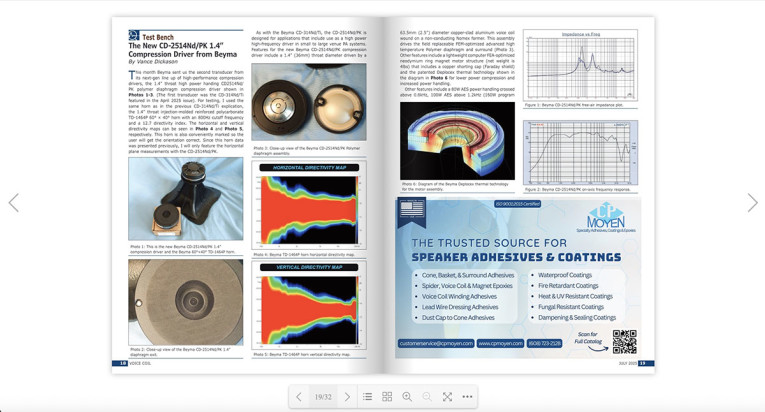
The third driver to be evaluated this month is the AMT2838X4-541A high-frequency range Air Motion Transformer (AMT) aka Air Velocity Transformer (AVT) from REDCATT. This well-established OEM pro sound and home audio driver manufacturer based in Dalang, DongGuan, China, besides offering OEM custom manufacturing, also has a substantial catalog line of off-the-shelf transducers, including woofers, compression drivers, tweeters, and various specialty drivers. Features for the REDCATT AMT2838 include a polymide/aluminum foil and Kapton 36mm × 26mm pleated AMT diaphragm, injection-molded faceplate, 96dB sensitivity with 10W AES power handling.

And as always, this issue of Voice Coil includes an Industry Watch section, this time with updates on Scan-Speak’s first Niron-powered transducers recently presented in Munich, Germany, and the expansion by EASTECH’s mother company of the new Punktkilde loudspeaker catalog, now as a new sub-brand from Scan-Speak. Also included is the Blaze Audio acquisition by Sonance and the return of Pascal to its core amplifier business.
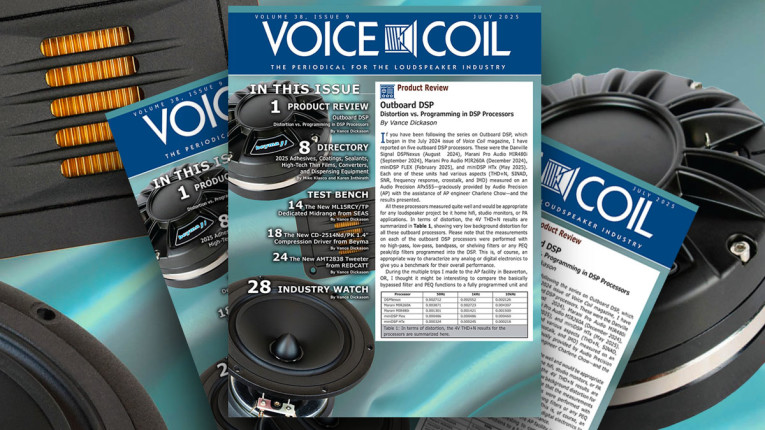
Remember, Voice Coil is available in print and download for all registered subscribers, free for industry professionals. To qualify for a free subscription to Voice Coil, or to renew your subscription, go to: Voice Coil Subscriber Services.
Subscribers can go to - www.gotomyvcoil.com - to download this issue.
To access the digital subscription platform, just log in using your subscriber number and post/zip code as displayed on your mailing label.



